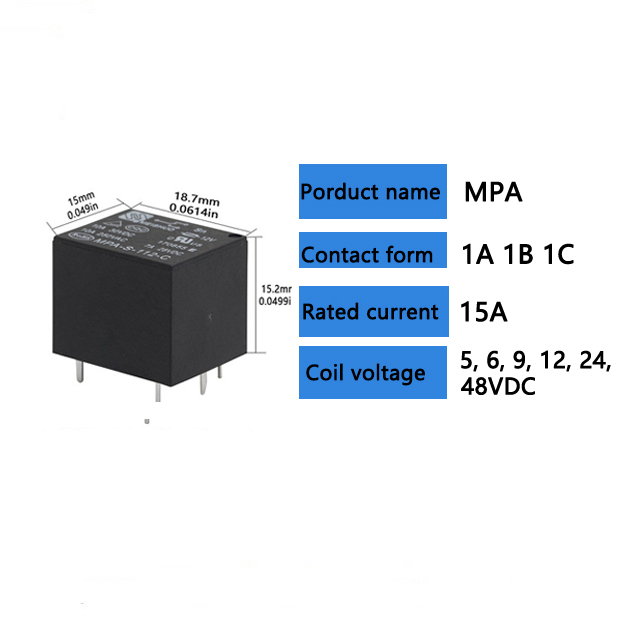In the ever-evolving landscape of wireless communication, the need for high-speed, reliable, and energy-efficient data transmission is more critical than ever. As networks become increasingly complex and expansive, Relay Selection has emerged as a pivotal strategy to enhance communication performance. This article explores the concept of Relay Selection, its significance in modern wireless networks, and how it contributes to optimizing network efficiency.

What is Relay Selection? Relay Selection is a process in wireless communication systems where a suitable relay node is chosen from a set of potential relays to forward data between the source and destination. In a traditional communication setup, data is transmitted directly from the source to the destination. However, in networks with limited range or poor signal quality, the use of intermediate relay nodes can significantly improve communication performance. Relays are typically devices placed strategically in the network to help extend coverage, enhance signal quality, and reduce transmission delays. The relay node takes over the transmission duties, forwarding data from the source to the destination, or vice versa, to bridge communication gaps. By carefully selecting the optimal relay, a network can ensure better throughput, reliability, and even reduced power consumption.